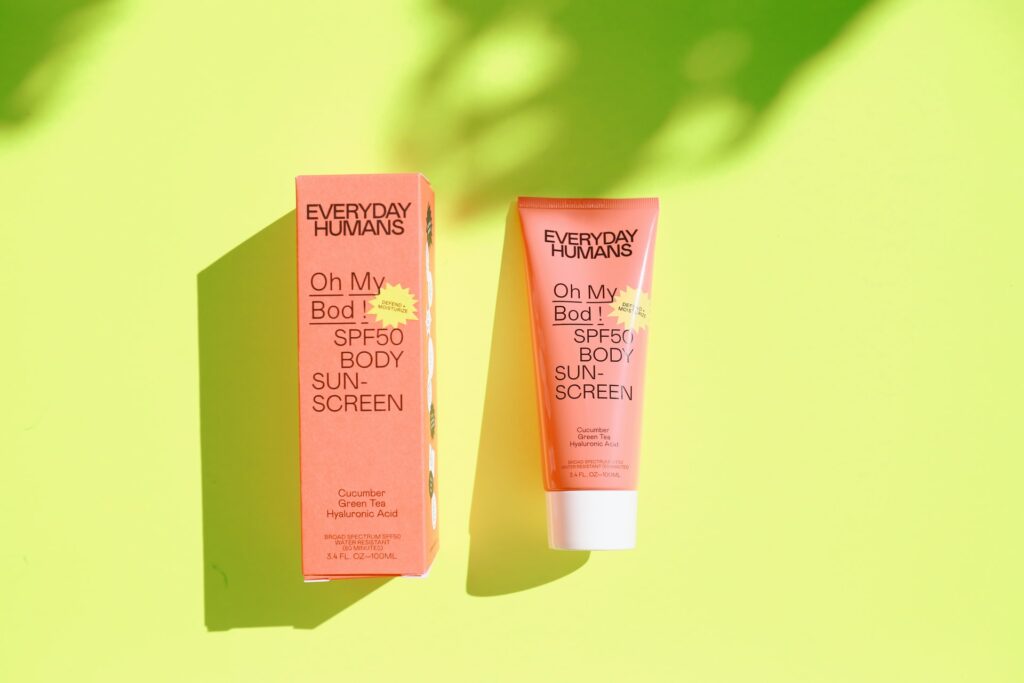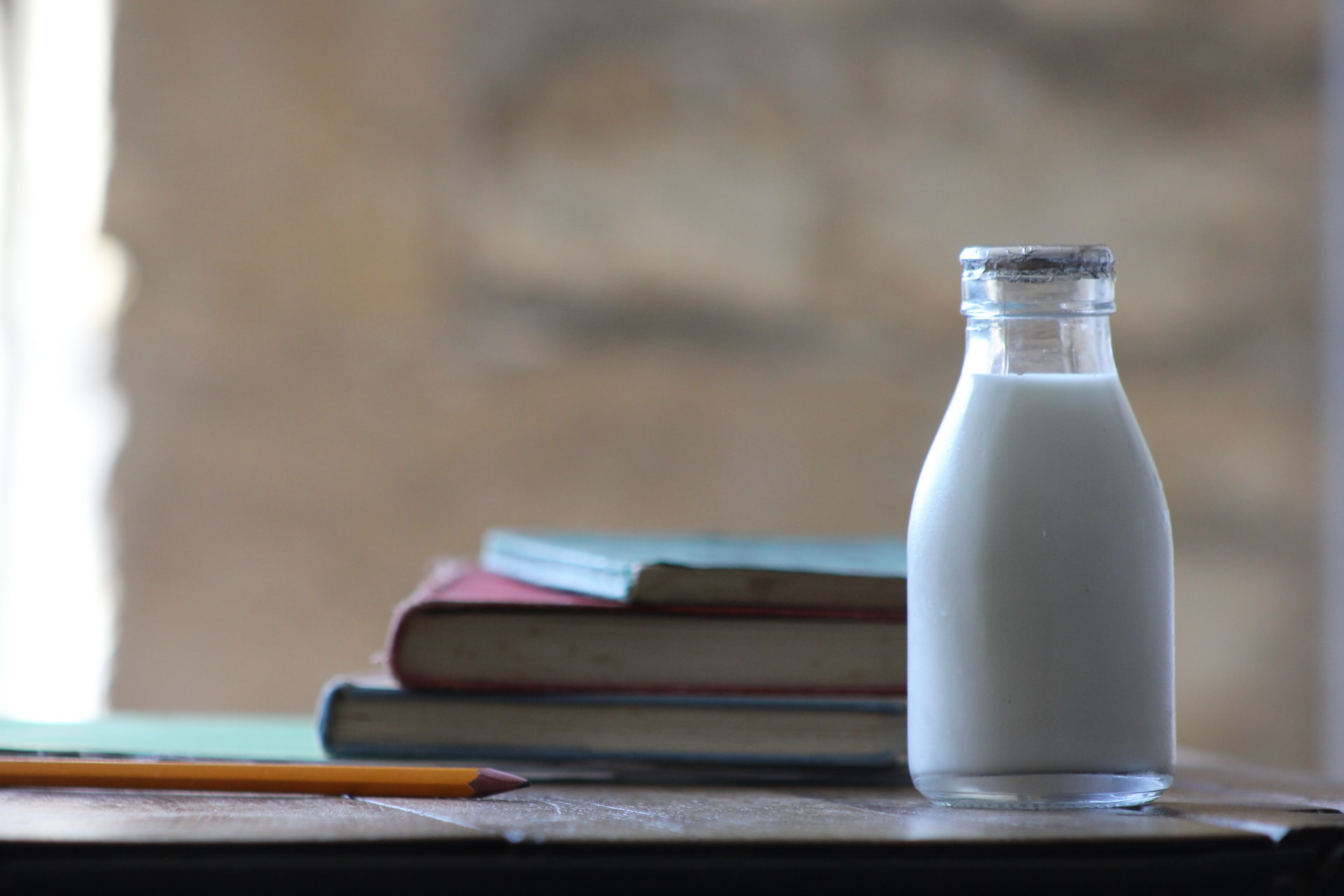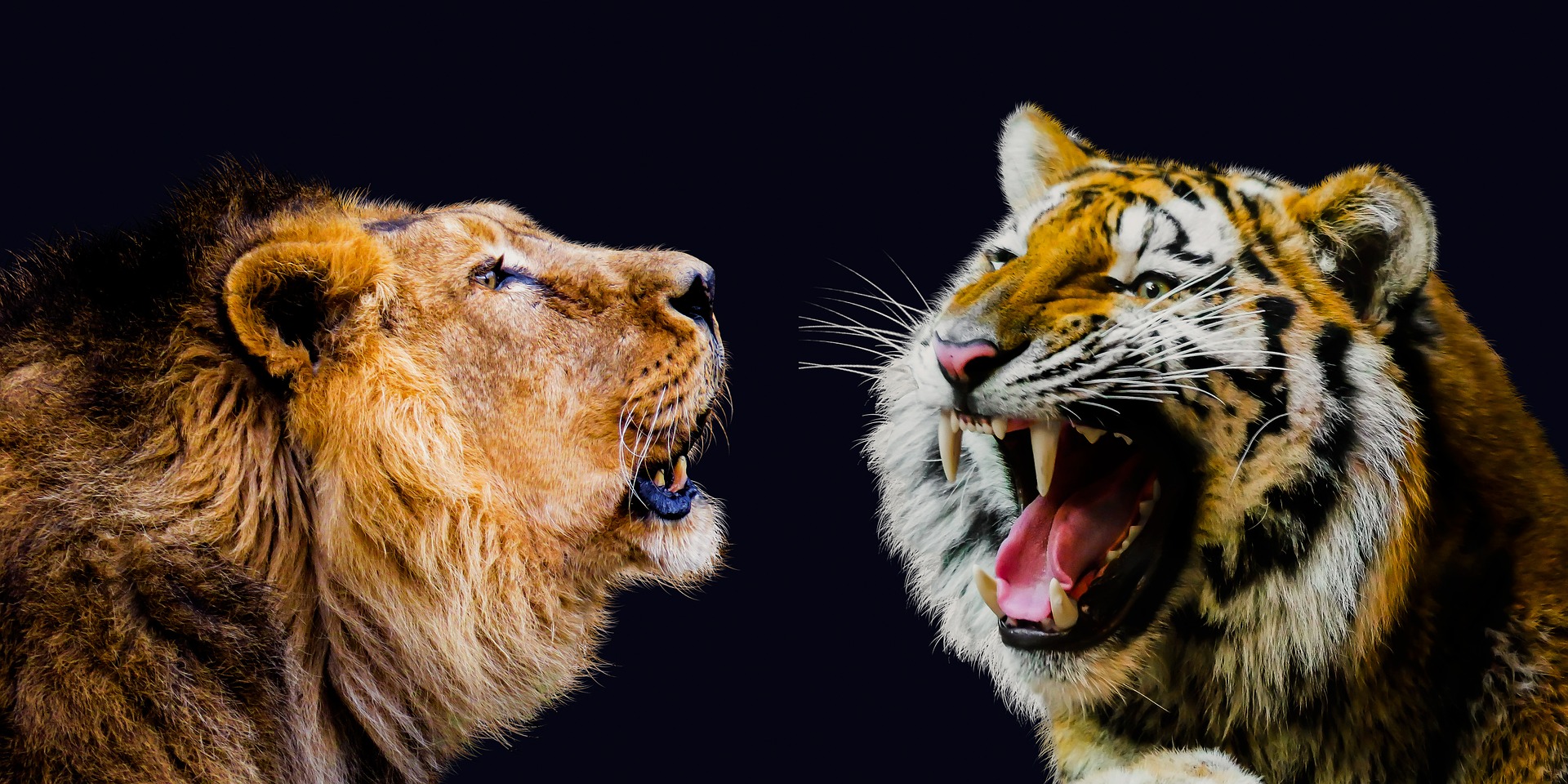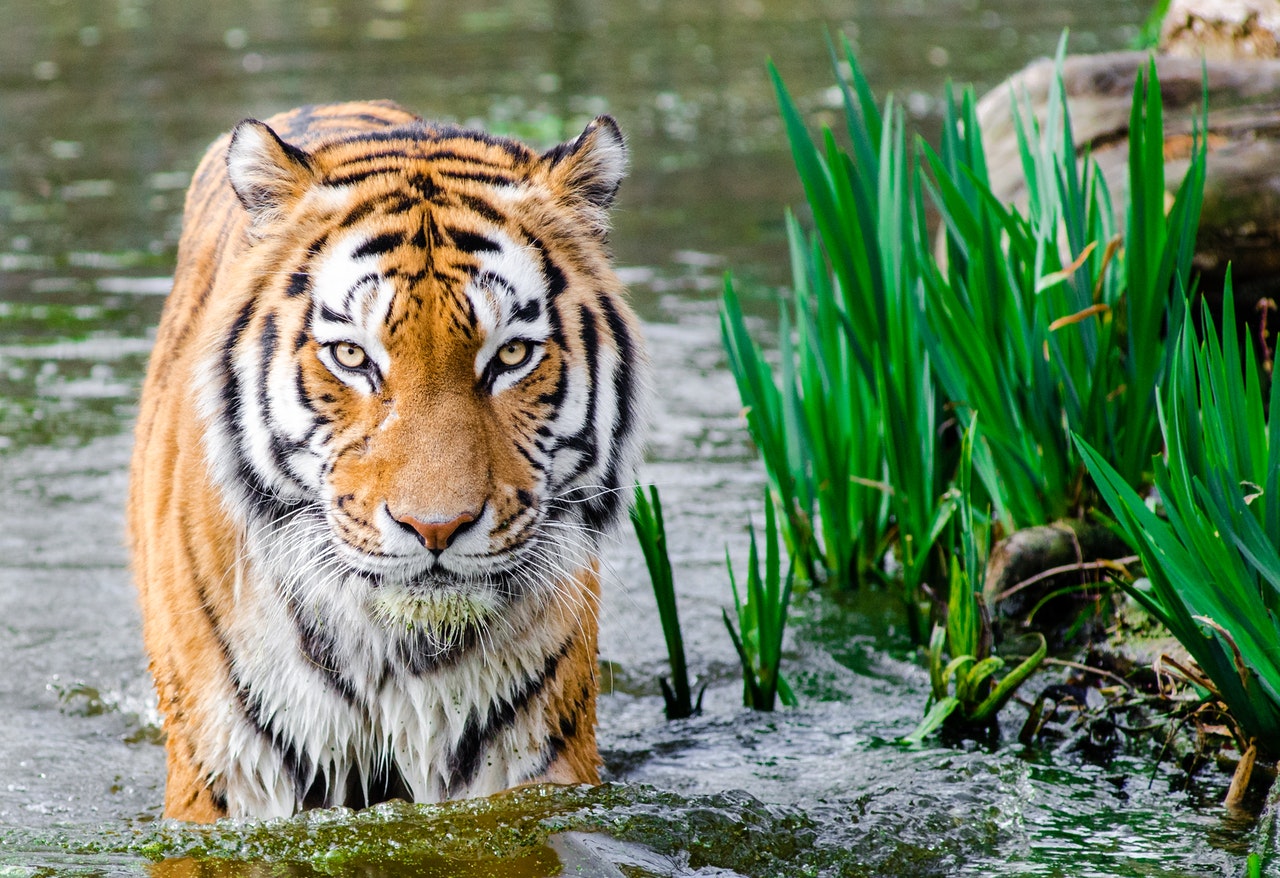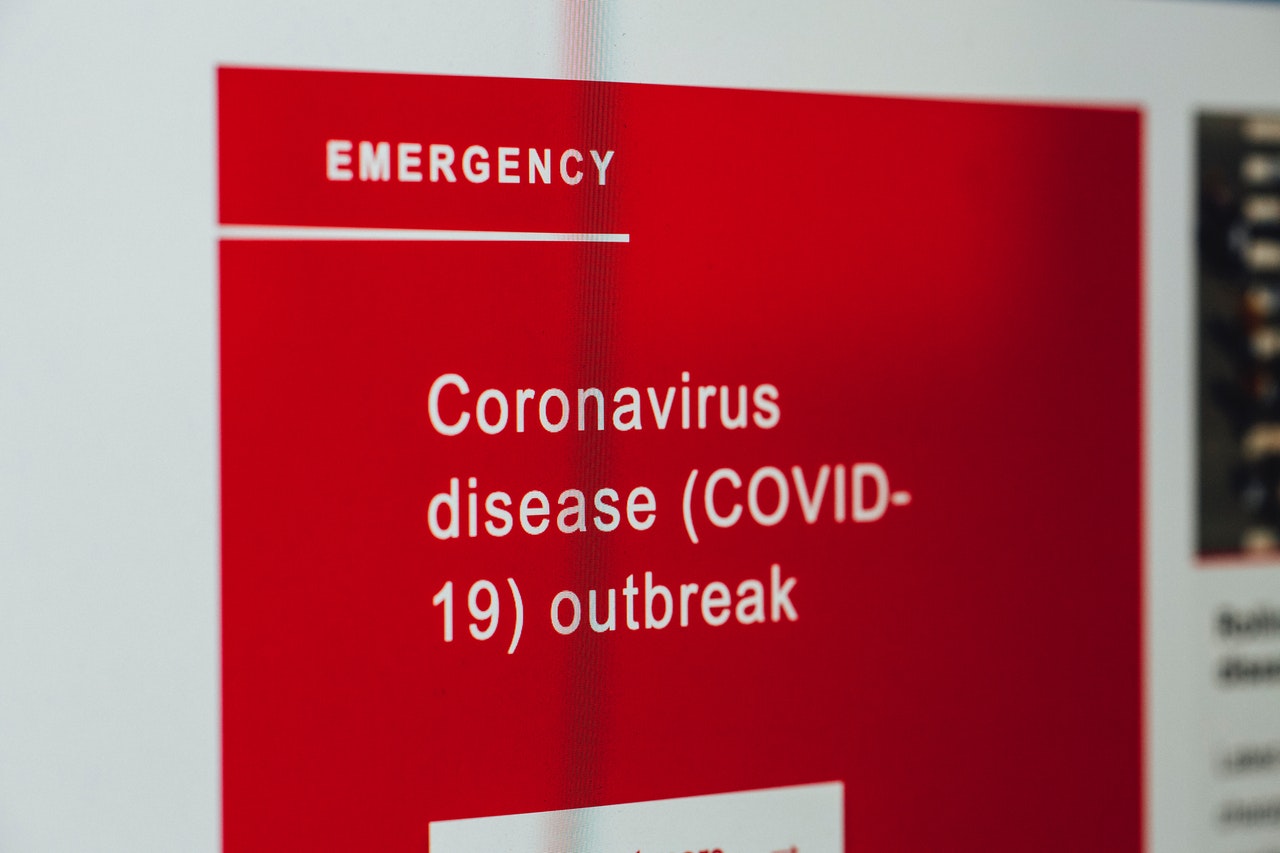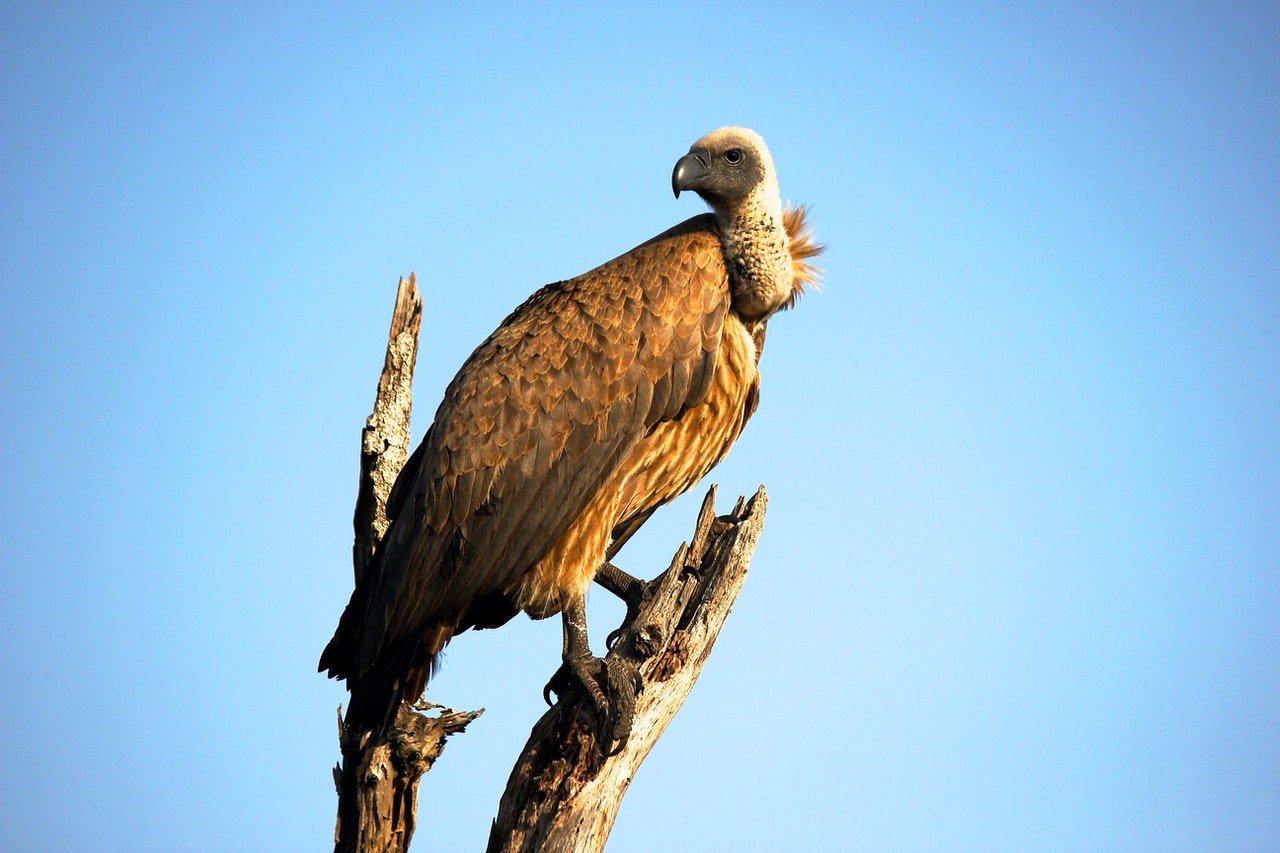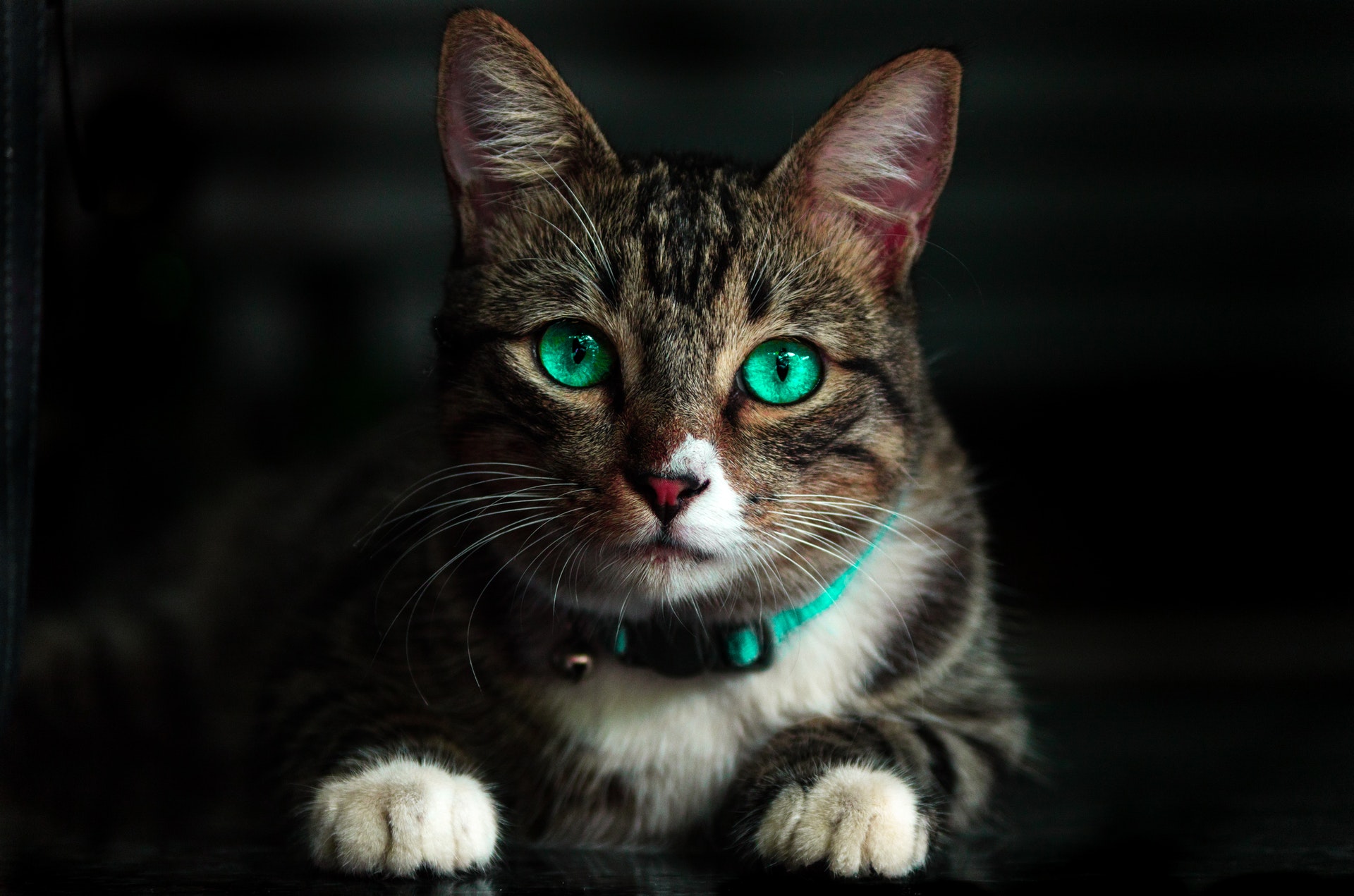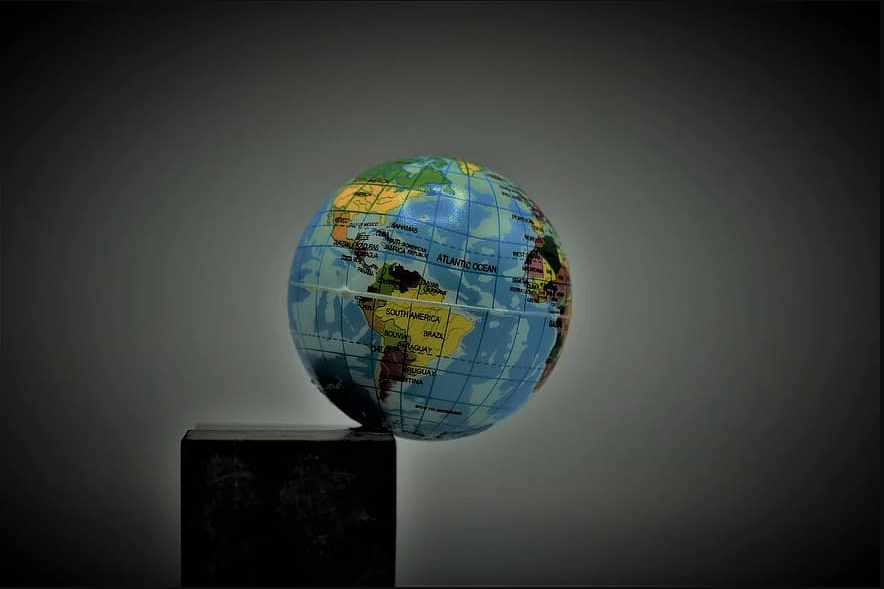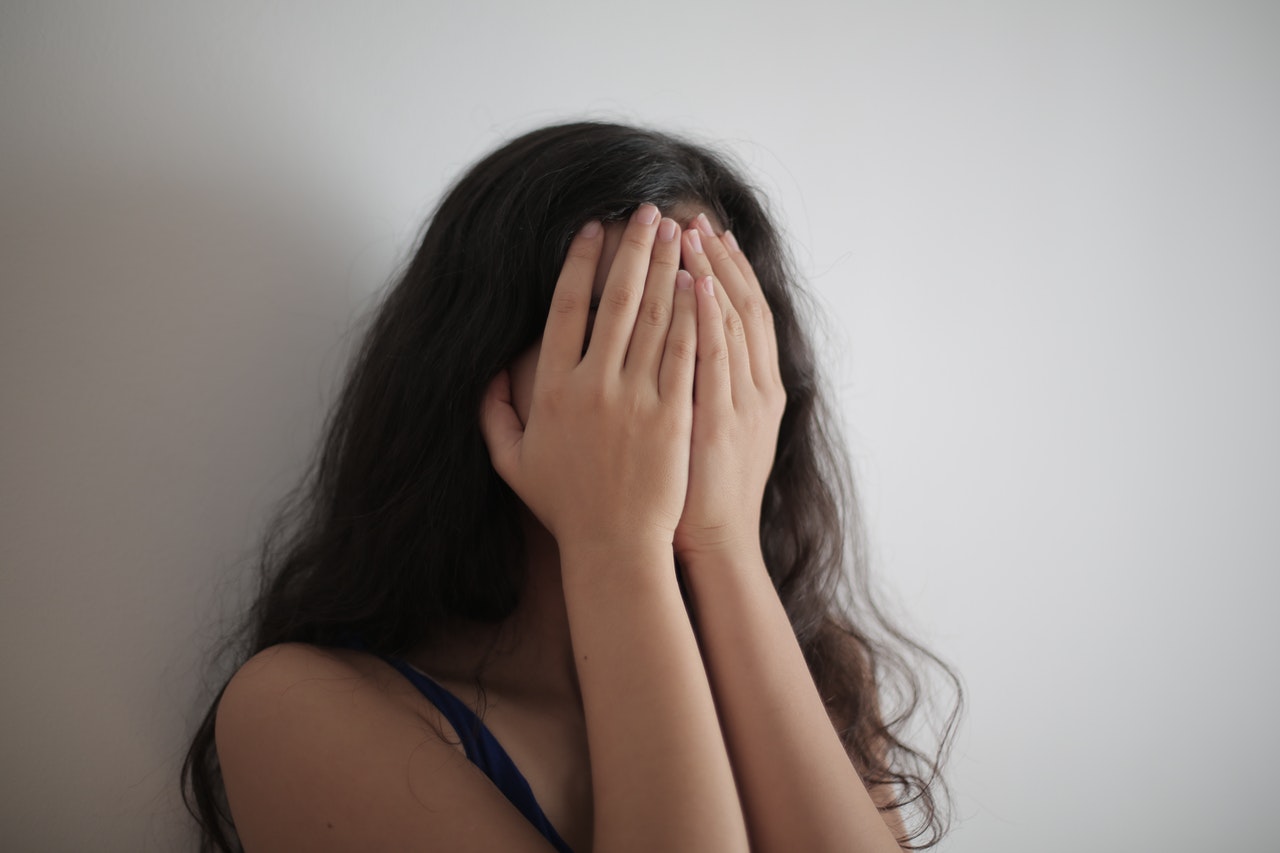Reading Time: < 1 minutes
- Sun has been there since the beginning of life.
- So, through evolution, most of the animals have developed ways to protect themselves from the sun.
- E.g., let’s say there were two breeds of cats in the beginning—one with fur and one without fur.
- Sun caused enough damage to the breed without fur that it couldn’t survive, while the cat-with-fur survived.
- More fur-cats mating means even more fur-cats on the planet—and the quality of the fur also improved over time by the same logic (bad fur-cats didn’t survive).
- Similarly, most animals developed these mechanisms (hair, wool, feathers, scales, thick skins, etc.) that protected them from the sun.
- These adaptations are so effective that the only time they fail is when humans intervene.
- E.g., we remove wool from sheep, making them vulnerable; dogs bred over time to have no/thin fur or white fur also run the risk of getting sunburned.
- Animals, which don’t have the natural sun-protection mechanisms have developed a taste for coating themselves with mud.
- Elephants and pigs are two examples—while elephants have thick skin and pigsdomesticated pigs are bred to have less hair and, therefore, are more sensitive to sun. have small hair, they still coat themselves in mud as a protection against the sun.
- And then there is a natural sunscreen—gadusol— that the bodies of several animals produce on their own.
- Several creatures such as alligators, snakes, turtles, frogs, most birds, fish make gadusol, which protects them from the ultraviolet (UV) rays.
- Research suggests that most vertebrates (creatures with spine), except mammals, have the genes that produce gadusol.
- Scientists are still researching why nature/evolution didn’t provide any natural sun protection to humans.
- So far, it has been proposed that we lack natural protection because our ancestors were primarily nocturnal, i.e., they hunted and gathered at night, so we never required a mechanism.
- The same reason has been suggested for why mammals don’t produce gadusol—most early mammals were nocturnal.
Also Read:
Why do different species have different lifespans?
Image courtesy of Lina Verovaya through Unsplash
Reference shelf :

